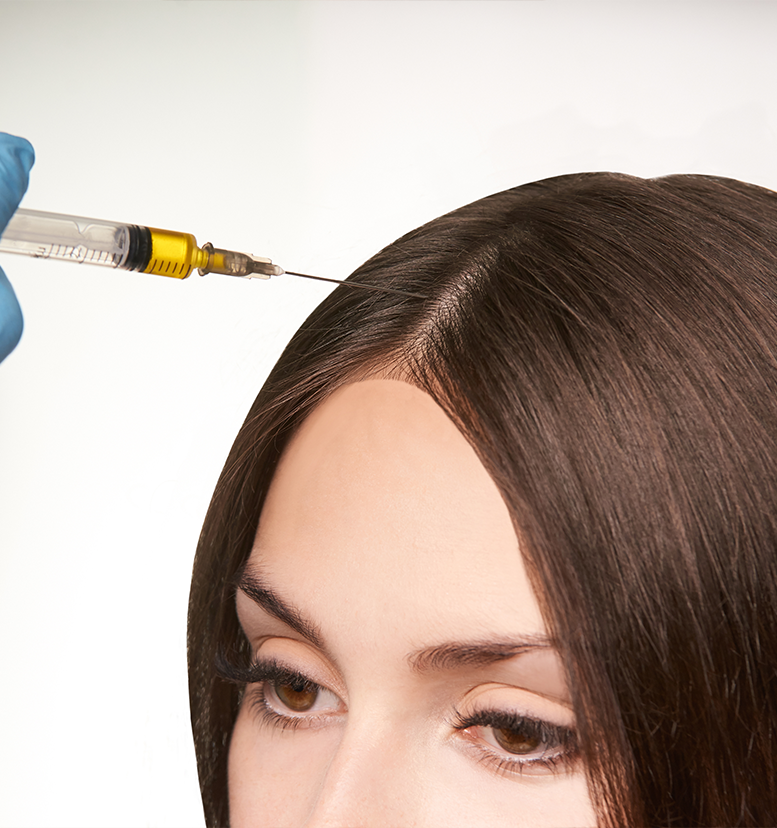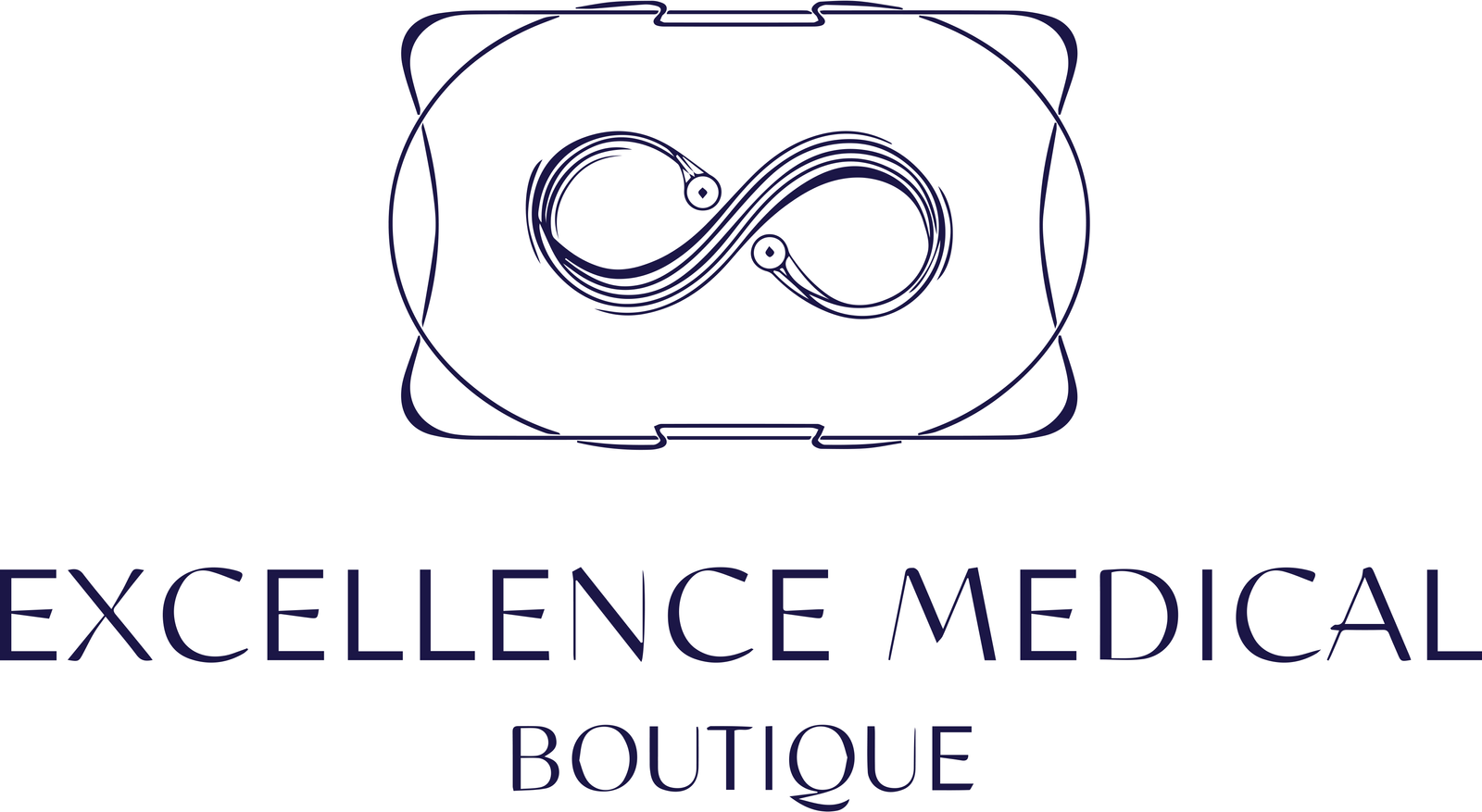PLATELET-RICH PLASMA (PRP) THERAPY
Platelet-rich plasma (PRP) therapy uses concentrated platelets from the patient’s own blood to stimulate tissue healing and regeneration. It0s used in treating various medical conditions, including sports injuries, osteoarthritis, spinal cord injuries, heart disease, and neurological disorders.


Platelet-rich plasma (PRP) therapy involves the use of concentrated platelets from the patient’s own blood to stimulate tissue healing and regeneration. Platelets contain growth factors and other substances that are involved in tissue repair and regeneration, and by concentrating these platelets, PRP therapy can help accelerate the healing process.
PRP therapy is commonly used to treat sports injuries, such as tendonitis and ligament injuries, as well as osteoarthritis and other degenerative conditions. Stem cell therapy, meanwhile, is being investigated for a wide range of conditions, including spinal cord injuries, heart disease, and neurological disorders.

Platelet-rich plasma (PRP) therapy
Platelet-rich plasma (PRP) therapy uses concentrated platelets from the patient’s own blood to stimulate tissue healing and regeneration. It0s used in treating various medical conditions, including sports injuries, osteoarthritis, spinal cord injuries, heart disease, and neurological disorders.

Platelet-rich plasma (PRP) therapy involves the use of concentrated platelets from the patient’s own blood to stimulate tissue healing and regeneration. Platelets contain growth factors and other substances that are involved in tissue repair and regeneration, and by concentrating these platelets, PRP therapy can help accelerate the healing process.
PRP therapy is commonly used to treat sports injuries, such as tendonitis and ligament injuries, as well as osteoarthritis and other degenerative conditions. Stem cell therapy, meanwhile, is being investigated for a wide range of conditions, including spinal cord injuries, heart disease, and neurological disorders.
DIFFERENT TYPES
PRP therapy involves the use of platelets from the patient’s own blood. These platelets are obtained by taking a small sample of blood and then processing it to concentrate the platelets.
There are different types of PRP preparations, including leukocyte-rich PRP (LR-PRP), leukocyte-poor PRP (LP-PRP), and pure PRP (P-PRP). Each type of PRP preparation has different concentrations
of platelets, white blood cells, and other components, which can affect its effectiveness for different conditions.
THE ADVANTAGES OF
PRP
Natural healing: PRP therapy uses the patient's own blood to stimulate the body's natural healing processes, which can lead to more effective and longer-lasting results.
Reduced risk of infection: Since PRP is derived from the patient's own blood, there is a reduced risk of infection or other complications.
Quick recovery: PRP therapy is often performed on an outpatient basis, and patients can typically return to their normal activities within a few days.
Cost-effective: Compared to more invasive treatments, PRP therapy can be a cost-effective option for many patients.
It is important to note that like any surgical or non-surgical procedure, there are risks and potential complications.
Patients should carefully consider their options and consult with a qualified and experienced cosmetic surgeon before proceeding with any procedure.
